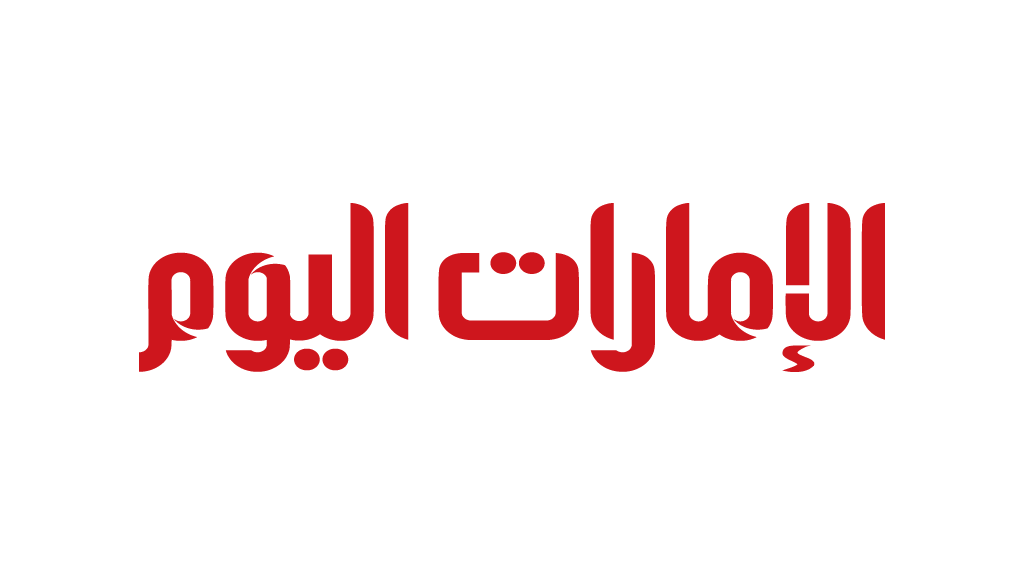Today, Monday, new details about the early hours of the escape of the former CEO of Renault-Nissan Carlos Ghosn, came out that the latter boarded a train from Tokyo to Osaka, accompanied by a number of people who have not been identified yet.
Ghosn took a fast train on Sunday, December 29, from Tokyo to Osaka (west), which he arrived this evening, according to the Yomiuri Shimbun newspaper and the Japanese NTV channel.
Ghosn traveled with a number of people, and the Japanese police are currently working to determine their identities through the pictures of surveillance cameras, according to Yomiuri newspaper.
NTV said Ghosn took a taxi to a hotel in Osaka, near Kansai International Airport, afterwards.
Ghosn was released, accused in Japan of financial violations, in April 2019, but he remained under house arrest in Tokyo, and was prevented from leaving Japan during the period before his trial.
Ghosn was able, according to the terms of his release, to leave his home freely, and to travel for less than 72 hours inside Japan without asking for court permission.
Meanwhile, it is believed that elements of a private company suspected of "Nissan" assigned to monitor Ghosn showed a kind of lack of attention or focus on their mission, according to a source close to the vicinity of Ghosn told "AFP".
Therefore, Ghosn managed to leave alone and without obstacles, in his home in Tokyo on December 29, according to what was shown by surveillance cameras seen last week by Japanese media.
But the next stage of flight is still mysterious. According to preliminary information, Ghosn boarded a private plane on the night of December 29 towards Istanbul, to arrive at Ataturk Airport the next morning, and from there he left for Beirut via another private plane.
The Lebanese newspaper, "The Republic", "The Wall Street Journal," the American, said that Ghosn had hidden in a box of musical instruments to avoid passing through the authorities at the airport in Japan.
Turkish investigators found the box in one of the two private planes that Ghosn had used, and he had holes that allowed him to breathe during his escape, according to the American newspaper.
It is not mandatory in Japan to inspect X-ray aircraft bags, as confirmed by the Japanese Ministry of Transport.

